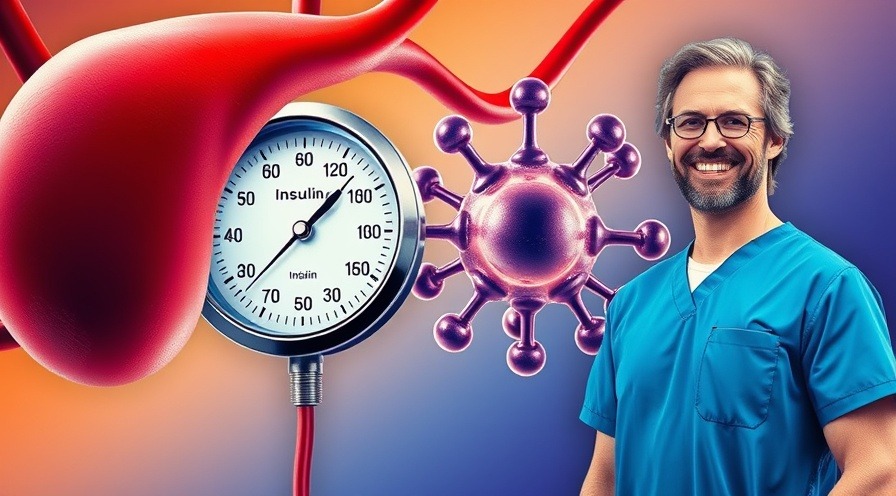
The Dangers of 3-MCPD: What You Need to Know
As consumers, we often place our trust in the food products we consume, believing they won’t only meet our taste preferences but also our health standards. However, the discovery of 3-MCPD—a chlorohydrin compound found in products like Bragg’s Liquid Aminos and various refined cooking oils—raises significant questions about our food safety protocols.
In 'Friday Favorites: The Side Effects of 3-MCPD in Bragg’s Liquid Aminos and Refined Cooking Oils,' we explore crucial insights into this compound's implications for our health, prompting a deeper analysis of food safety.
3-MCPD has been linked to kidney damage and infertility in animal studies but remains understudied in humans. Though its presence is a worldwide concern recognized by many nutritionists and health experts, the lack of clinical studies leaves consumers in a precarious position as they forage through information about food products packed with these contaminants.
Understanding the Origins of 3-MCPD
The formation of 3-MCPD occurs during a chemical process called hydrolysis, where proteins break down into amino acids. This high-heat, high-pressure process can lead to toxic byproducts when residual fats are involved. While this chemical reaction has been known since 1978, resulting health concerns were only associated with animal studies, leaving the human health ramifications an open question.
Reports show alarming news: 100% of people tested for 3-MCPD or its metabolites show positive results, indicating its widespread presence as a food contaminant. Though many consumers may not consume soy sauce or liquid aminos daily, their exposure can still be heightened through other sources including refined vegetable oils used in common snack foods.
What Foods Could Expose Us to 3-MCPD?
More startling is how many products contain these dangerous levels of 3-MCPD beyond soy sauce. Foods such as margarine, pastries, deep-fried delicacies, and even infant formula have been reported to contain high levels of this contaminant. The levels in certain foods can be striking—some types of French fries can possess over 6,000 parts per billion of 3-MCPD, significantly exceeding the limits established in European regulations.
Moreover, fried and processed foods pose risks far beyond what many perceive. For example, consuming just a pair of donuts might meet or exceed tolerable limits for a person weighing about 150 lbs. With such risk factors in mind, consumers should be wary of what they add to their shopping carts.
Why Should Consumers in the Community Be Concerned?
For middle-aged and senior consumers invested in their health, understanding the effects of such hidden contaminants becomes vital. With many older adults taking more responsibility for their nutrition, awareness of potential toxic exposures like 3-MCPD will empower them to make healthier choices, ultimately improving their quality of life. Choosing foods wisely can keep harmful elements at bay and align with goals for longevity and healthy aging.
Tips to Minimize Exposure to 3-MCPD
One of the most straightforward ways to limit exposure to 3-MCPD is to choose unrefined oils over their refined counterparts, which often contain significantly higher levels of the toxin. Opting for oils that are cold-pressed and labeled ‘virgin’—like olive or canola oil—can protect your body from excess contamination. Also, having a balanced diet filled with whole, unprocessed foods plays a vital role in maintaining overall health.
Lastly, there’s a growing trend in educating oneself about nutrition, paired with the importance of understanding food processing methods. Encouraging others to read labels and choose products with fewer additives can generate community-wide improvements in health and well-being.
Encouraging Healthy Diet Choices Amidst Contamination Concerns
While industry standards allow for high levels of 3-MCPD, knowledge is power. Consumers deserve transparency in their food products, and brands should strive for cleaner, safer options in both their processing and ingredients. The scrutiny faced by food manufacturers is necessary as it holds them accountable for consumer safety.
In an era where information is abundant, being informed about what you consume is crucial for your health. Prioritizing fresh and minimally processed foods can mitigate many risks associated with contaminants like 3-MCPD.
In conclusion, the alarming presence of 3-MCPD in common food products highlights an essential discussion among consumers. Understanding what to look out for empowers individuals, especially seniors and middle-aged consumers, to choose nourishing foods that enhance their health and support their overall lifestyle.
 Add Row
Add Row  Add
Add 




 Add Row
Add Row  Add
Add 


Write A Comment